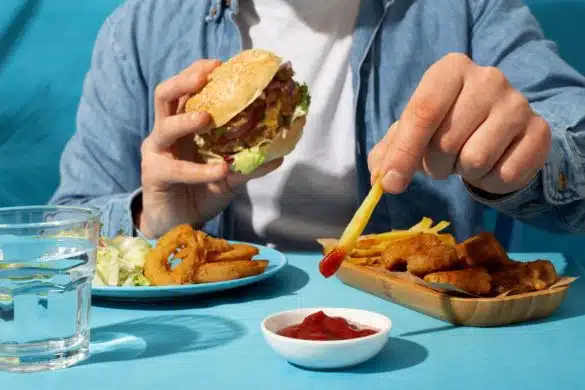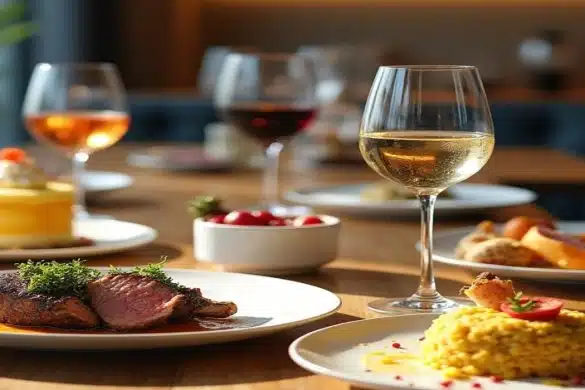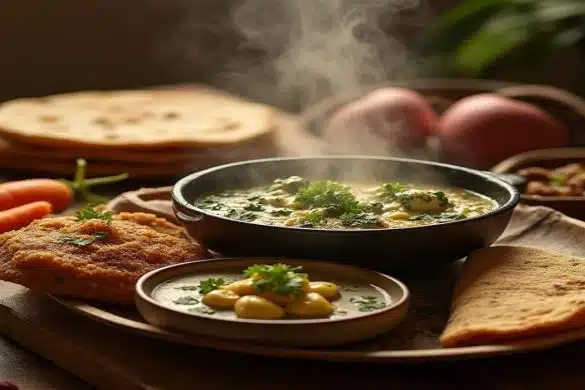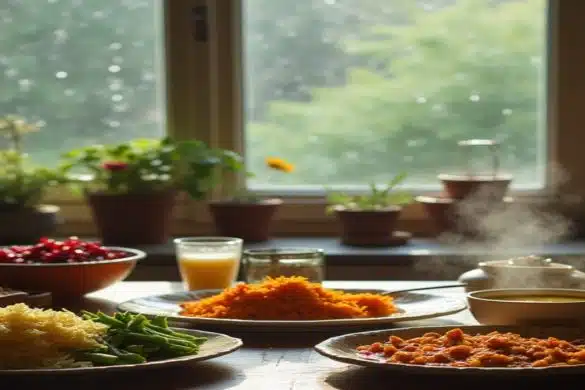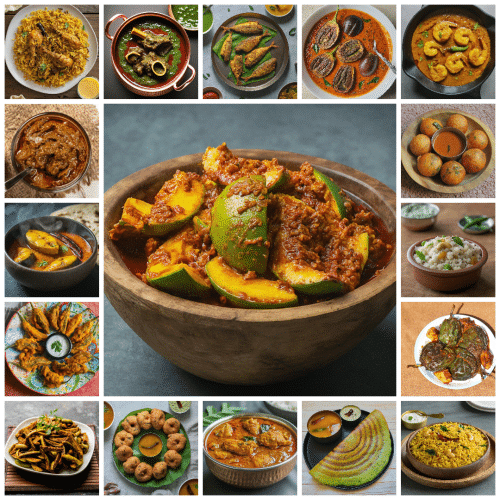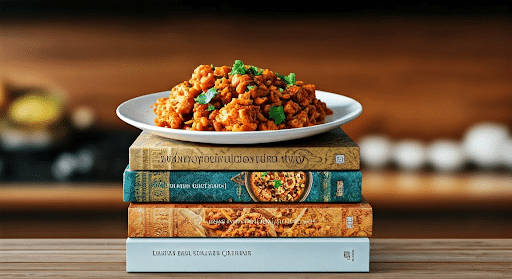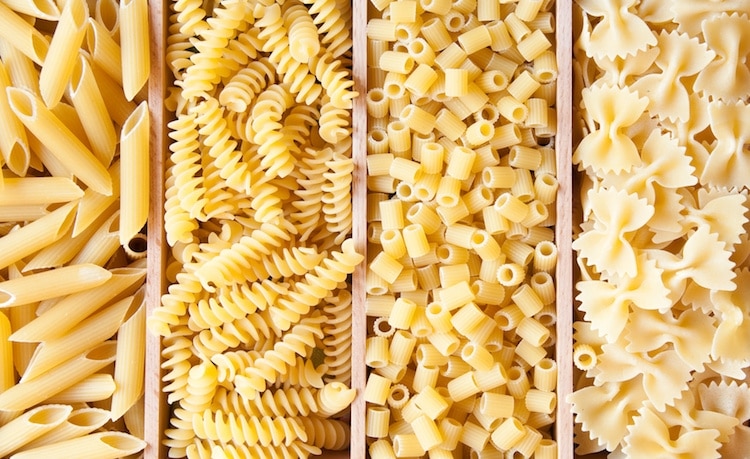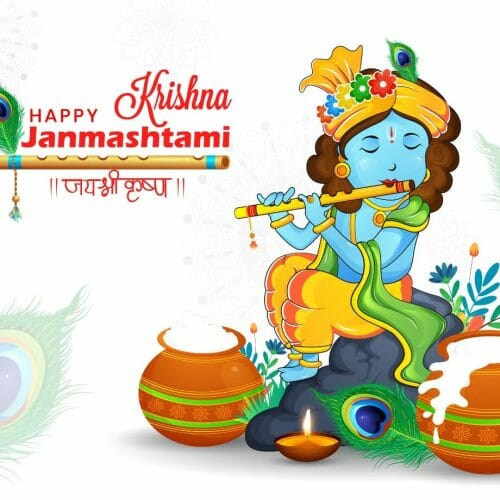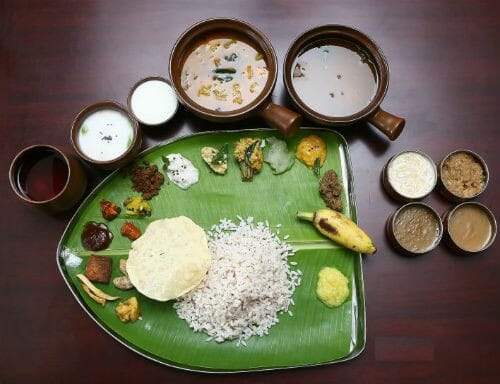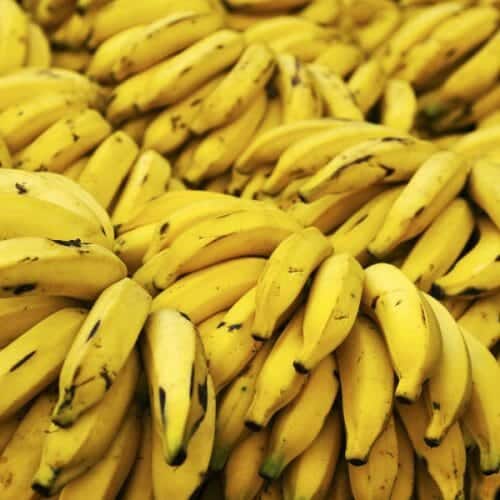There’s a mistake. Then there’s a grave mistake. And then—there’s never exploring the world beyond biryani and kebabs on a Pakistani food list.
Because while those favourites deserve all the love, real Pakistani cuisine is deeper, bolder, and wildly diverse—offering flavours and textures that go far beyond what most people know (and no, it’s not just Indian food with a new name).
From traditional Pakistani dishes slow-cooked in ghee to buttery naan straight out of a tandoor, and desserts that unapologetically go big on sweetness—this is food made to impress, comfort, and satisfy.
So if you’re ready to go beyond takeout clichés and taste what the country truly brings to the table, here’s the ultimate Pakistani food list—filled with regional favourites, soulful staples, and fast foods that deserve global fame.
21 Delicious & Irresistible Pakistani Foods to Savour On
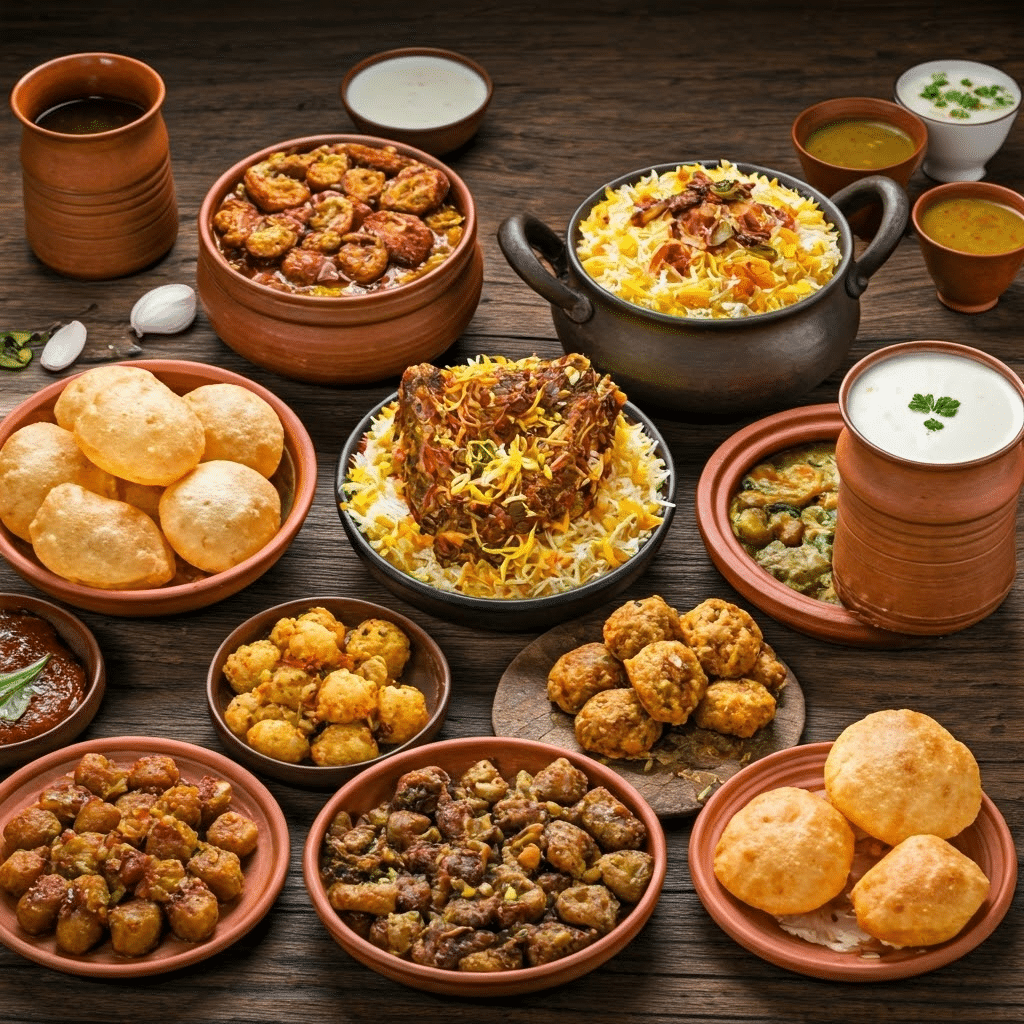
Pakistani food collage
Pakistani cuisine isn’t just influenced by its neighbours—it’s a bold remix of them.
With roots stretching into India, Afghanistan, and Iran, the food brings together spice, heat, richness, and depth—yet somehow still feels completely its own.
Cumin seeds crackle in hot oil, garam masala brings warmth, and chilli powder adds fire—but this isn’t just spice for the sake of it. It’s carefully layered, passionately cooked, and unapologetically full-flavoured.
And while vegetarian dishes have their place, let’s be honest—meat is the star here. From deeply marinated kebabs to the beloved chicken biryani (yes, it’s the national dish!), Pakistani food knows how to make meat memorable.
Then there’s the twist: Pakistani-Chinese fusion that’s taken over urban menus. Crispy beef, spicy noodles, Manchurian-style gravies—it’s comfort food with a serious attitude.
So if you’re ready for a culinary thrill ride—part tradition, part innovation—these 21 must-try Pakistani dishes are your passport in. Get hungry. You’ve got a lot to taste.
1. Biryani
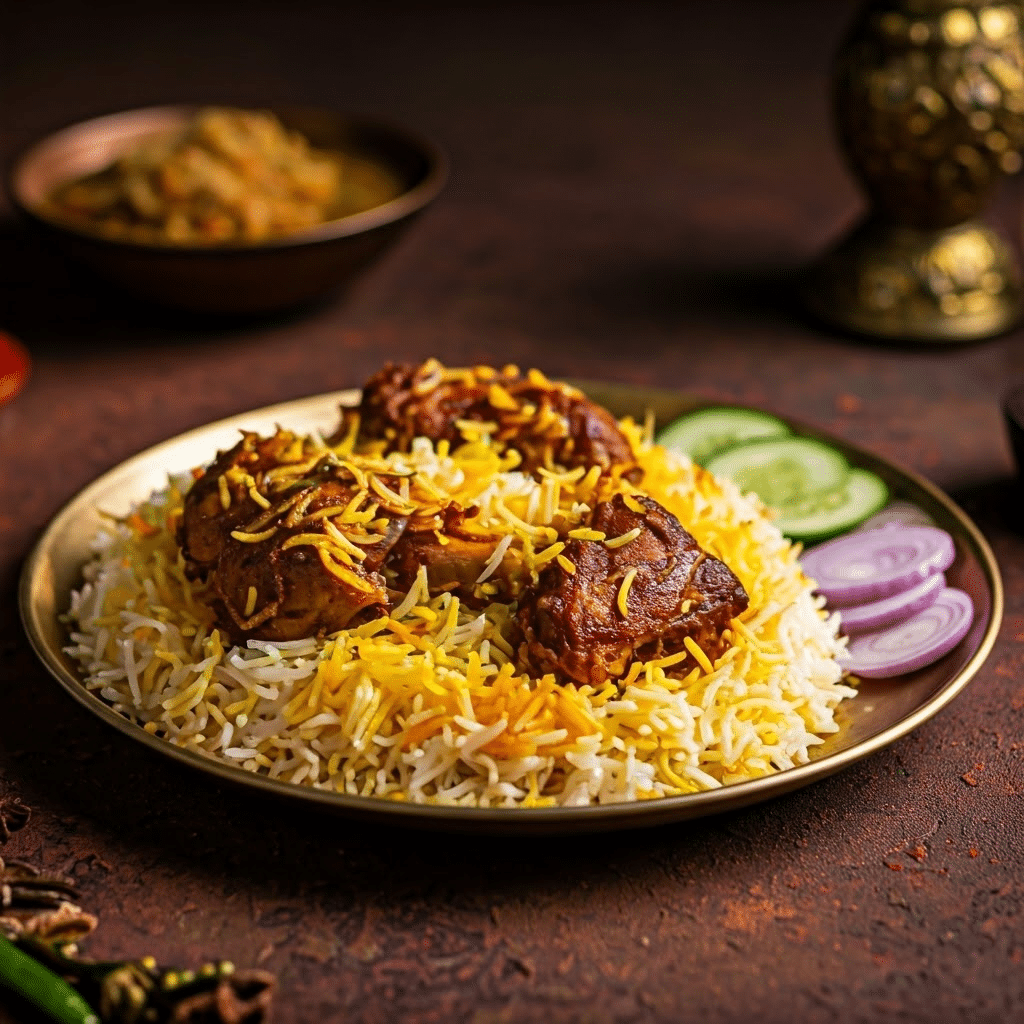
Plate of Pakistani Biryani
In Pakistan, Biryani isn’t just food—it’s emotion, tradition, and celebration in a single plate.
Think fragrant basmati rice layered with yoghurt-marinated meat, saffron milk, spicy tomato gravy, mint, and dried plums. It’s a flavour explosion—spicy, tangy, and deeply satisfying.
While biryani is loved across South Asia, Sindhi Biryani stands out with its pakki style—where the ingredients are cooked first, then layered and slow-cooked (on dum) for maximum depth. Originating from the Sindh region, it’s known for its bold flavours and complex spices.
Once a royal indulgence, it’s now a household staple—especially at weddings, Eid, and weekend feasts. And though its name comes from the Persian “birinj biryani”, Pakistani biryani has carved out its own identity—fiery, festive, and unforgettable.
2. Nihari
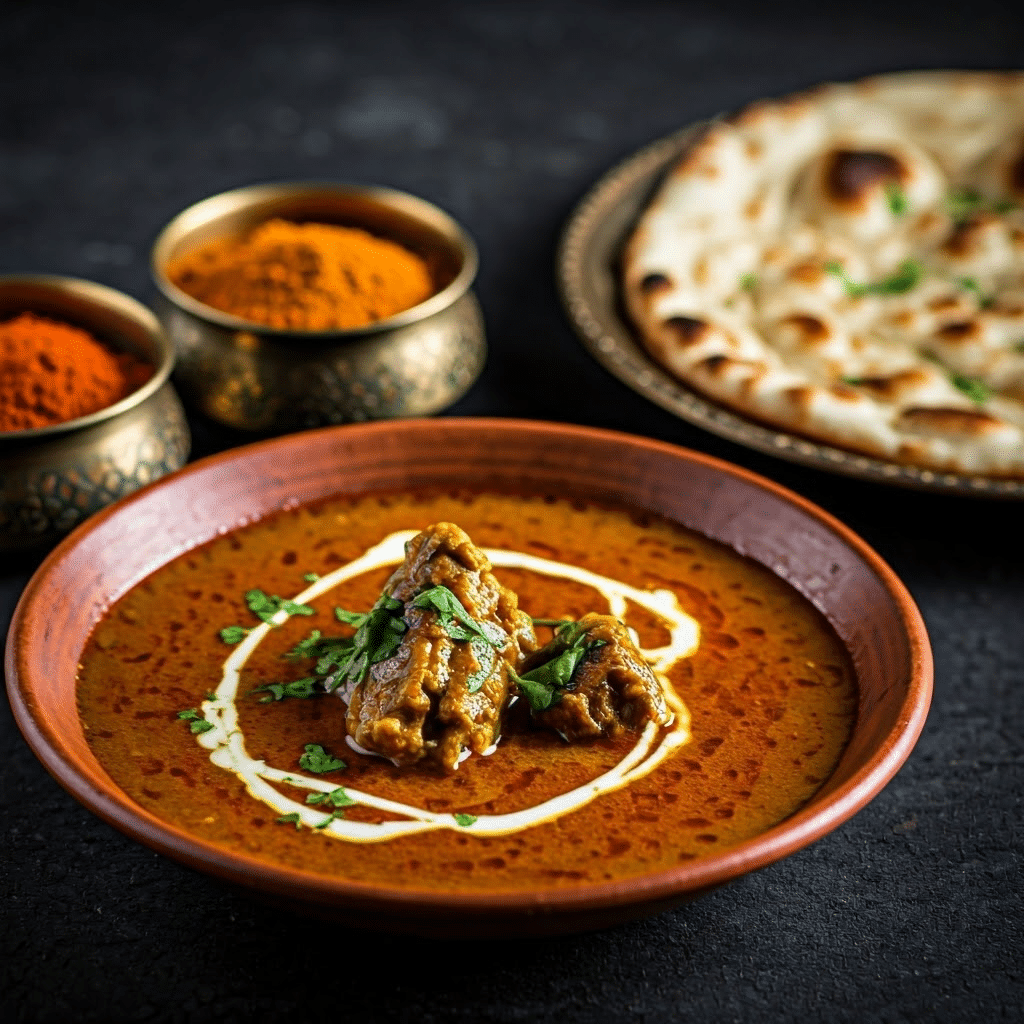
Mughlai stew with naan and spices
If Biryani is the celebration, then Nihari is the comfort.
This rich, slow-cooked stew—usually made with beef or mutton—was once served to Mughal royalty after sunrise prayers (nahar, meaning “morning” in Arabic). Today, it’s a beloved breakfast indulgence in cities like Lahore and Karachi, often paired with Naan or Kulcha.
What makes Nihari so iconic is its depth. The meat simmers for hours in a spiced gravy until it’s meltingly tender, soaked in flavour from ginger, garlic, garam masala, and bone marrow. Topped with slivers of ginger, lemon wedges, and green chillies, it’s a dish that wakes up every sense.
Whether you’re digging in on a slow Sunday morning or serving it at a special gathering, Nihari is Pakistan’s most luxurious answer to “let’s take it slow.”
3. Haleem
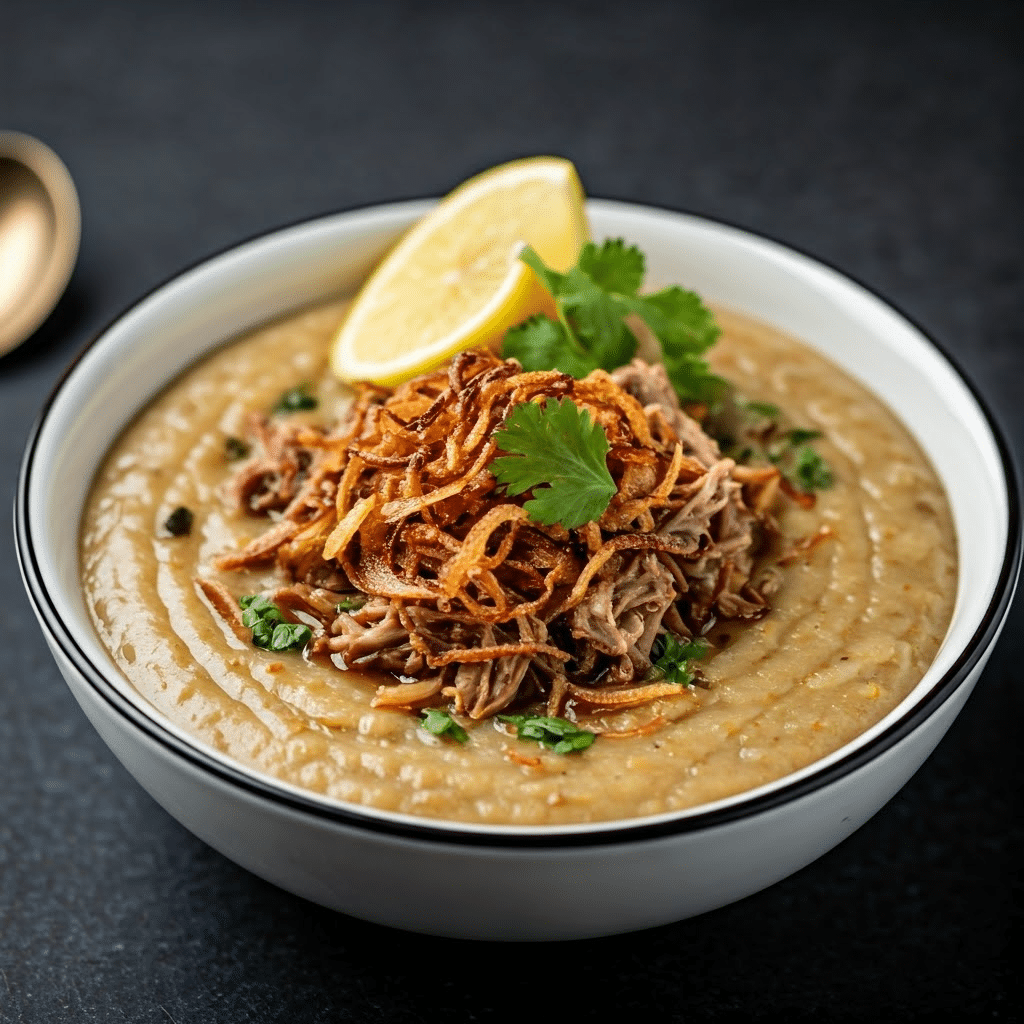
Bowl of Pakistani Haleem
Haleem isn’t just a dish—it’s a hug in food form.
A slow-cooked blend of wheat, barley, lentils, and shredded meat (usually beef or mutton), Haleem is creamy, hearty, and packed with protein and warmth. Spiced with cinnamon, cardamom, and garam masala, it’s simmered for hours until everything melts into a thick, velvety stew.
Originally from the Middle East, Haleem found its spiritual home in Pakistan—especially during Ramadan, when it’s a nourishing staple for iftar. Served hot and garnished with fried onions, lemon juice, chopped coriander, and green chillies, every spoonful delivers a rich, slow-cooked depth that’s both filling and deeply satisfying.
Whether eaten on its own or scooped up with naan, Haleem is a celebration of patience, tradition, and soulful cooking.
Know how to make Haleem at home.
4. Karahi
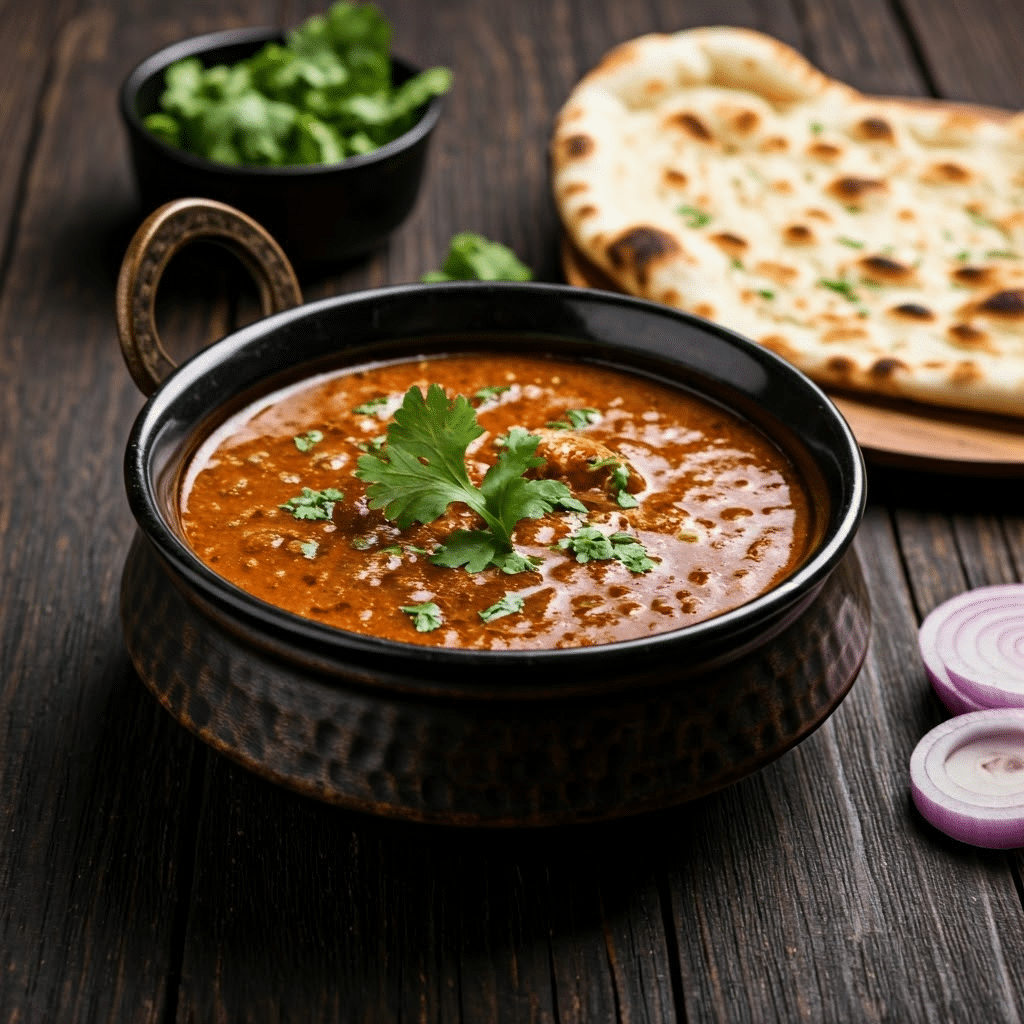
Pakistani karahi with naan
Karahi is the sizzling heartbeat of Pakistani street food and home kitchens alike.
Named after the wok-like pan it’s cooked in, Karahi is a fiery, tomato-based dish usually made with chicken, mutton, or beef—and always cooked on high flame for that signature smoky depth.
What sets Karahi apart is its simplicity: no heavy gravies, no elaborate marination—just fresh meat, ripe tomatoes, crushed garlic, green chillies, and a splash of yogurt. The real magic comes from cooking it over intense heat until the oil separates and the masala clings to the meat like a bold, spicy glaze.
Often served bubbling in the same pan it was cooked in, Karahi is best enjoyed with hot naan, a squeeze of lemon, and a cold drink to balance the heat. It’s rustic, fast, and full of flair—just like the streets of Lahore where it reigns supreme.
Read the complete recipe of Chicken Karahi at home.
5. Mutton Korma

Mutton korma in traditional bowl
Mutton Korma is not just a dish—it’s an heirloom of Mughal grandeur.
Known for its silky, aromatic gravy and melt-in-the-mouth meat, Mutton Korma is a rich curry made with yogurt, browned onions, ghee, and whole spices like cardamom, cloves, and cinnamon.
It’s the kind of meat dish you make when guests are coming over—or when you want to treat yourself like royalty. The slow cooking allows the meat to absorb every note of the masala, resulting in a velvety texture and deep, fragrant flavour that lingers long after the last bite.
Traditionally served with sheermal or naan, Mutton Korma is often the centerpiece of Pakistani weddings and Eid feasts. It’s elegance in a pot, steeped in history and bursting with warmth.
Know how to make Mutton Korma step by step.
6. Chapli Kebab
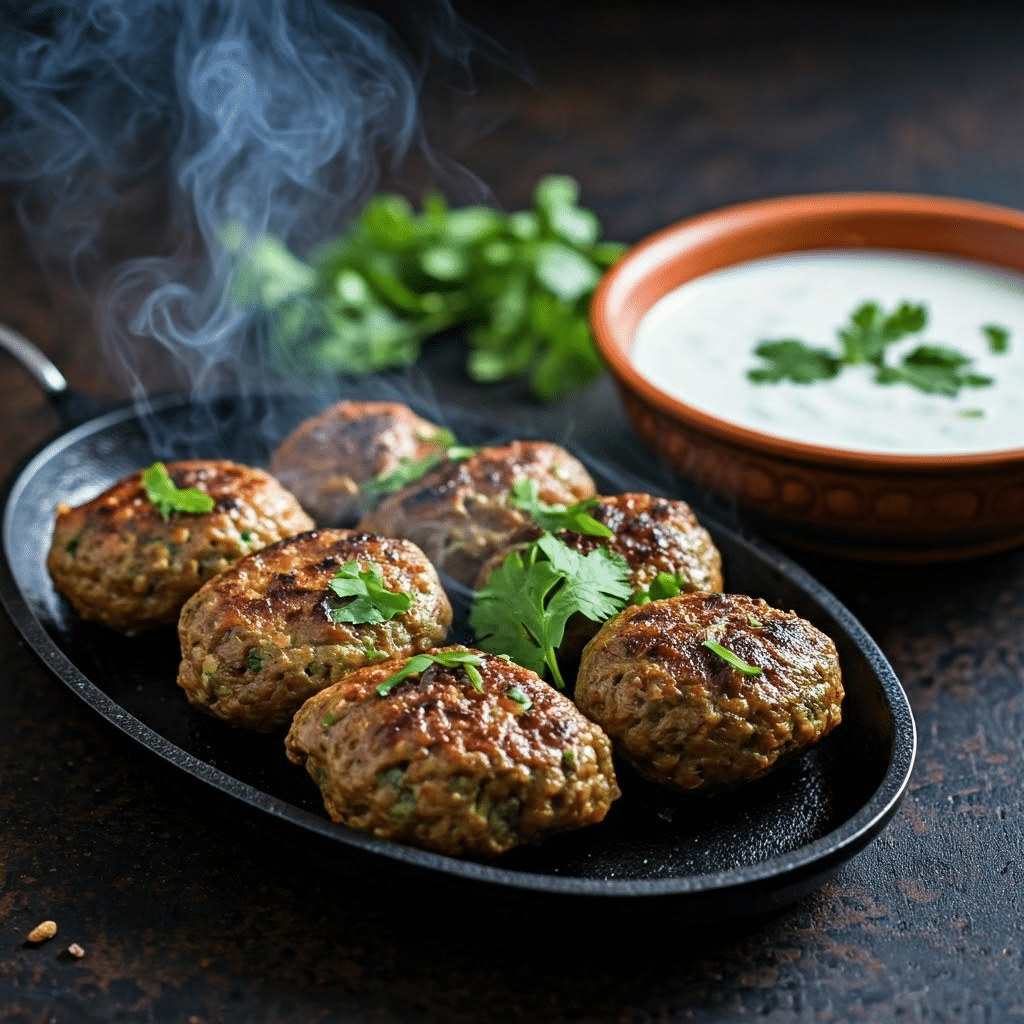
Chapli Kebab pakistani recipe
Smoky, spicy, and unmistakably bold—Chapli Kebab is Pakistan’s answer to the ultimate meat patty.
Originating from Peshawar, this minced meat kebab is made with ground beef or mutton, mixed with onions, tomatoes, crushed coriander seeds, pomegranate seeds, and a signature blend of spices.
What sets Chapli Kebab apart is its flat, disc-like shape and slightly crispy edges, often fried in animal fat for an added hit of indulgence. The name “chapli” comes from chappal (slipper), thanks to its large, flat appearance—but rest assured, the flavour is anything but flat.
Served with naan, chutney, and a simple salad, Chapli Kebab is street food at its finest—juicy, fiery, and full of character, just like the city it comes from.
7. Sheer Khurma
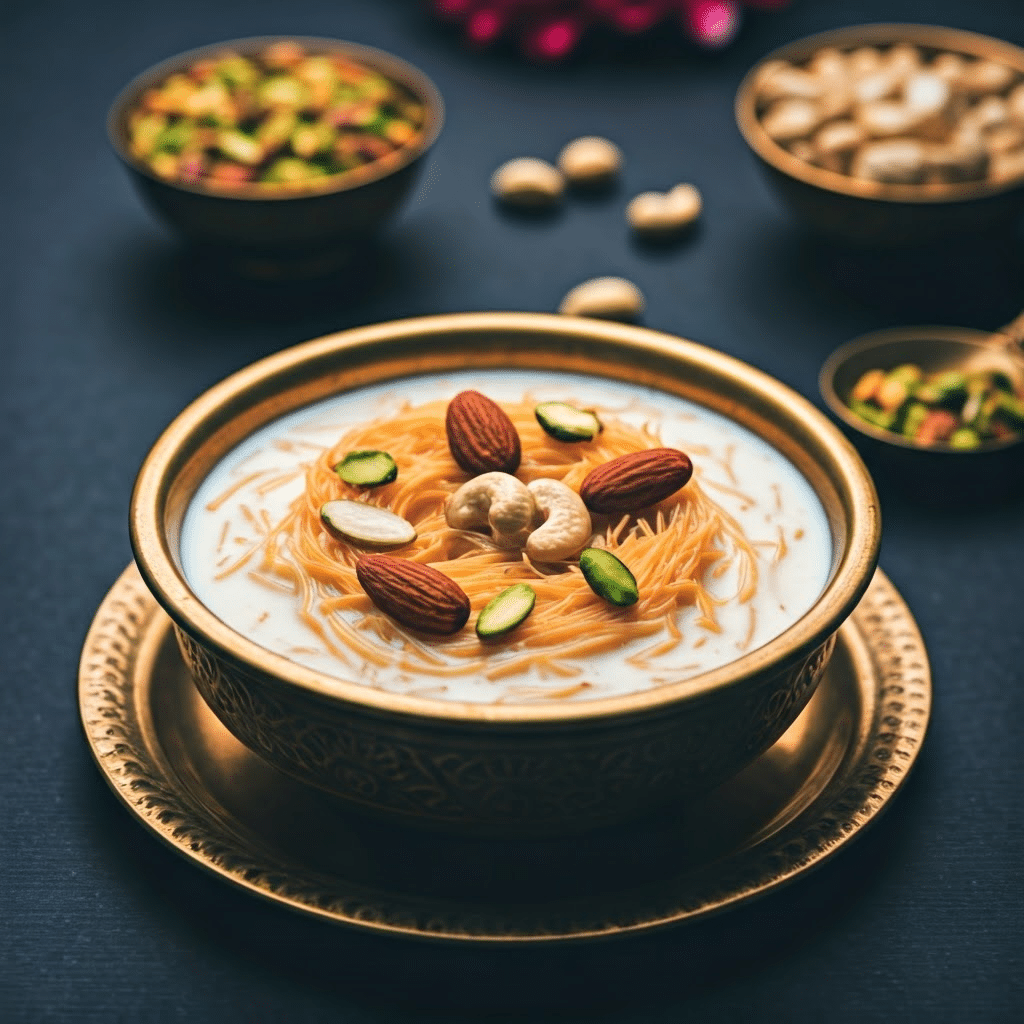
Sheer khurma pakistani food
No Eid morning in a Pakistani home feels complete without a bowl of Sheer Khurma.
This rich, creamy dessert—whose name literally means “milk with dates”—is a celebratory staple made by simmering milk with fine vermicelli, dried dates, ghee, and a medley of nuts like almonds, pistachios, and cashews.
What makes Sheer Khurma truly special is its balance of richness and nostalgia. Every family has its own version—some add saffron, others rose water—but the soul remains the same: indulgent, comforting, and best shared with loved ones.
Served warm or chilled, in fancy bowls or steel cups, Sheer Khurma isn’t just dessert—it’s a memory in every spoon.
Read this Sheer Khurma recipe.
8. Falooda
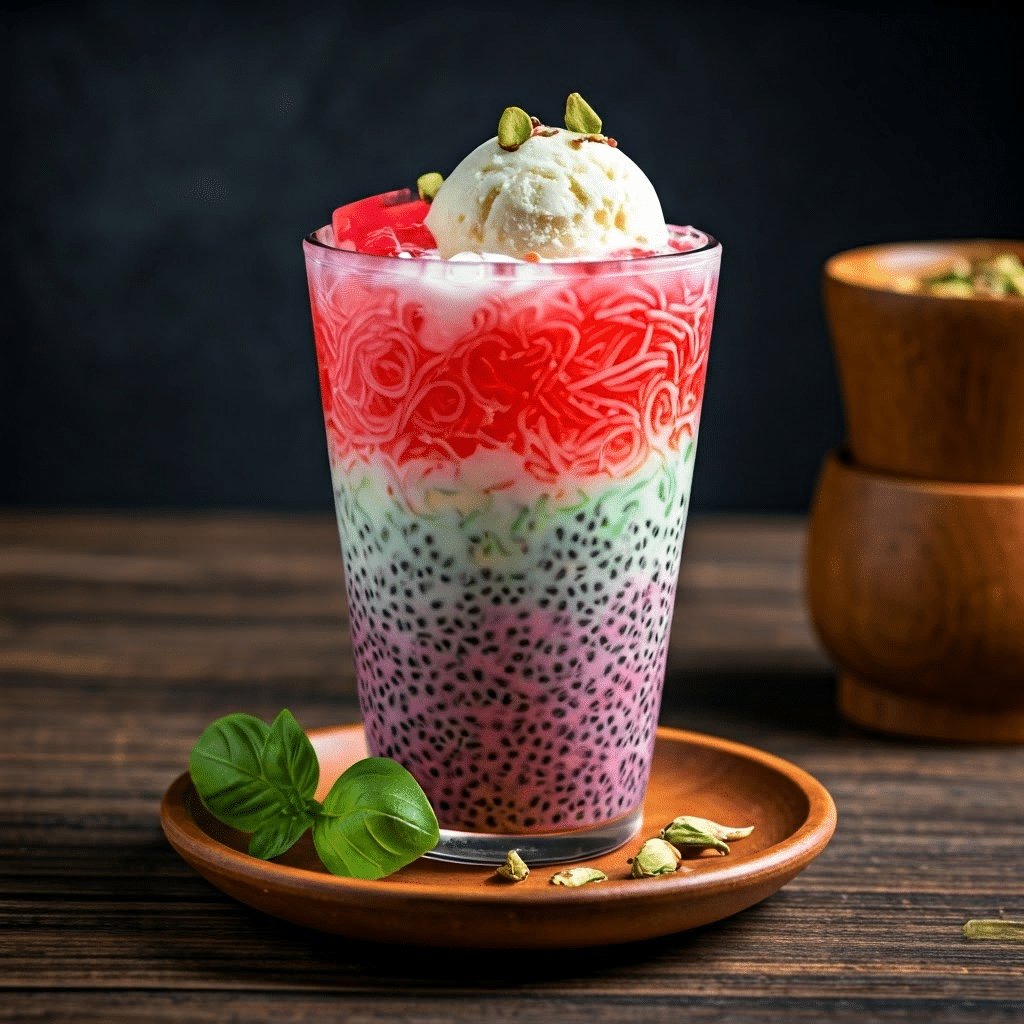
Glass of Falooda dessert drink
Falooda isn’t just a treat—it’s a sensory experience.
Cool, creamy, and loaded with texture, Falooda is a layered dessert-drink made with rose syrup, chilled milk, vermicelli noodles, basil seeds (sabja), jelly, and a generous scoop of ice cream on top.
Originally inspired by Persian faloodeh, the Pakistani version takes it to another level—sweeter, creamier, and joyfully over the top. It’s the perfect antidote to summer heat and is often found at street stalls, dessert bars, and every post-Iftar menu worth its salt.
Sipped with a straw, scooped with a spoon, or devoured in silence, Falooda is where refreshment meets indulgence—and every layer is a reason to keep digging.
Know how to make Falooda at home.
9. Zarda
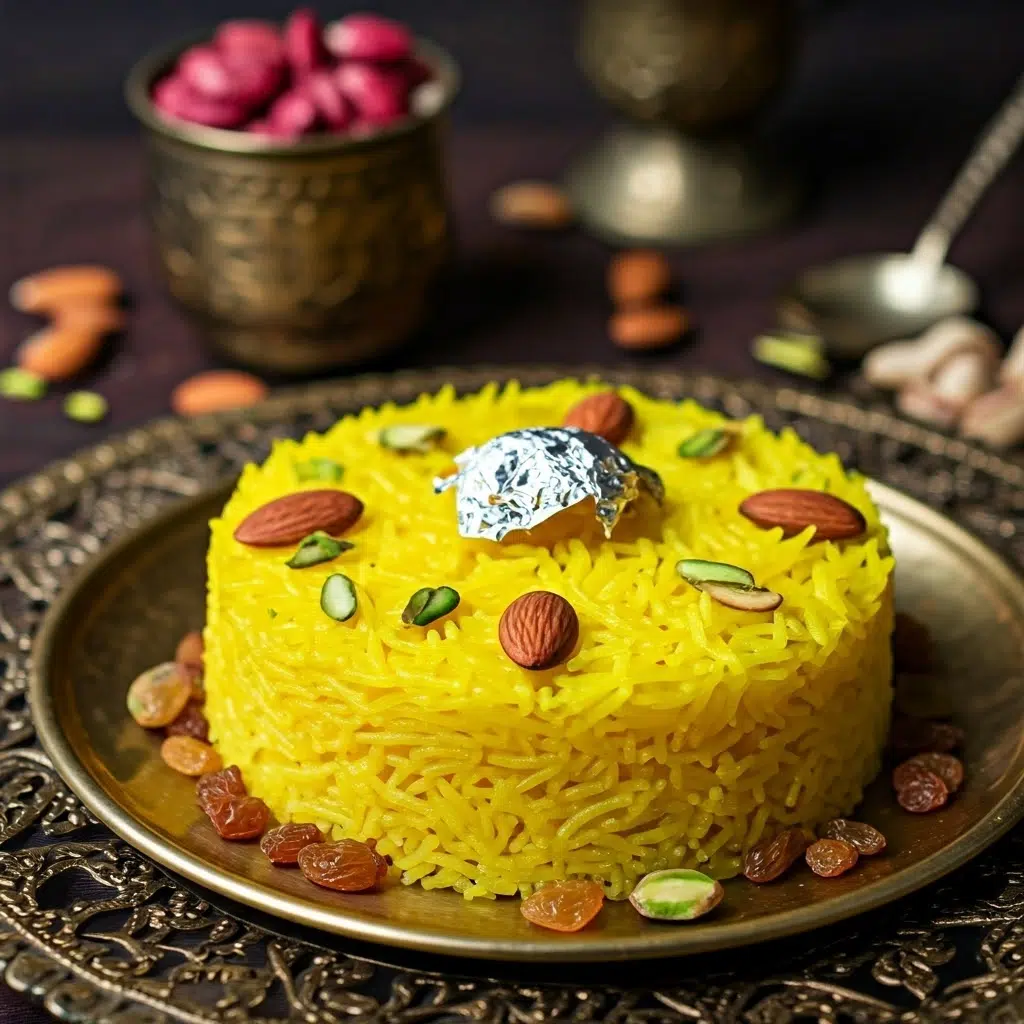
Pakistani Zarda dessert
Zarda is what happens when rice decides to dress up for a celebration.
This vibrant, saffron-hued dessert is made with basmati rice, sugar, ghee, and infused with cardamom, cloves, and a splash of rose water. What makes Zarda truly shine are its festive garnishes—slivered almonds, pistachios, raisins, candied fruits, and sometimes even silver leaf (chandi ka warq).
Traditionally served at weddings, Eid, and special family gatherings, Zarda isn’t shy about its sweetness or its colour. It’s bold, bright, and unapologetically indulgent—a perfect contrast to the spicy, savoury mains of Pakistani cuisine.
One spoonful is never enough—and honestly, that’s the point.
10. Gulabi Chai
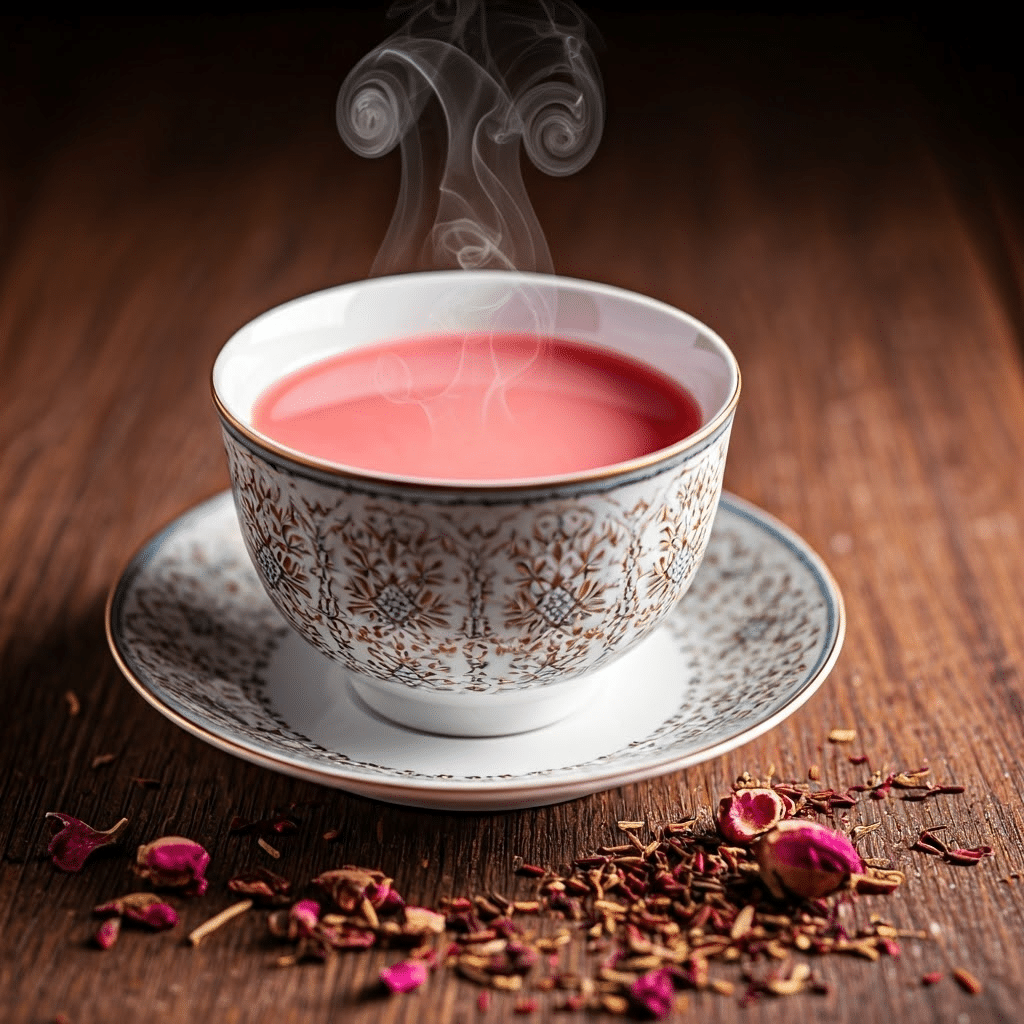
Pink tea in a cup
Gulabi Chai, or Pink Tea, is as soothing as it is striking.
Made from special green tea leaves, baking soda, milk, and sometimes a pinch of salt, Gulabi Chai gets its signature blush-pink hue from a slow-brewing process that feels almost ceremonial.
Served hot and often topped with crushed pistachios or almonds, this Kashmiri-origin tea has found a loving home across Pakistan—especially during chilly winter evenings and festive occasions like weddings.
But Gulabi Chai isn’t just about looks. It’s rich, creamy, and mildly salty-sweet—a flavour profile that surprises many first-timers and comforts seasoned sippers. More than just tea, it’s a warm tradition poured into delicate cups, best enjoyed with bakarkhani or a good conversation.
12. Mango Lassi
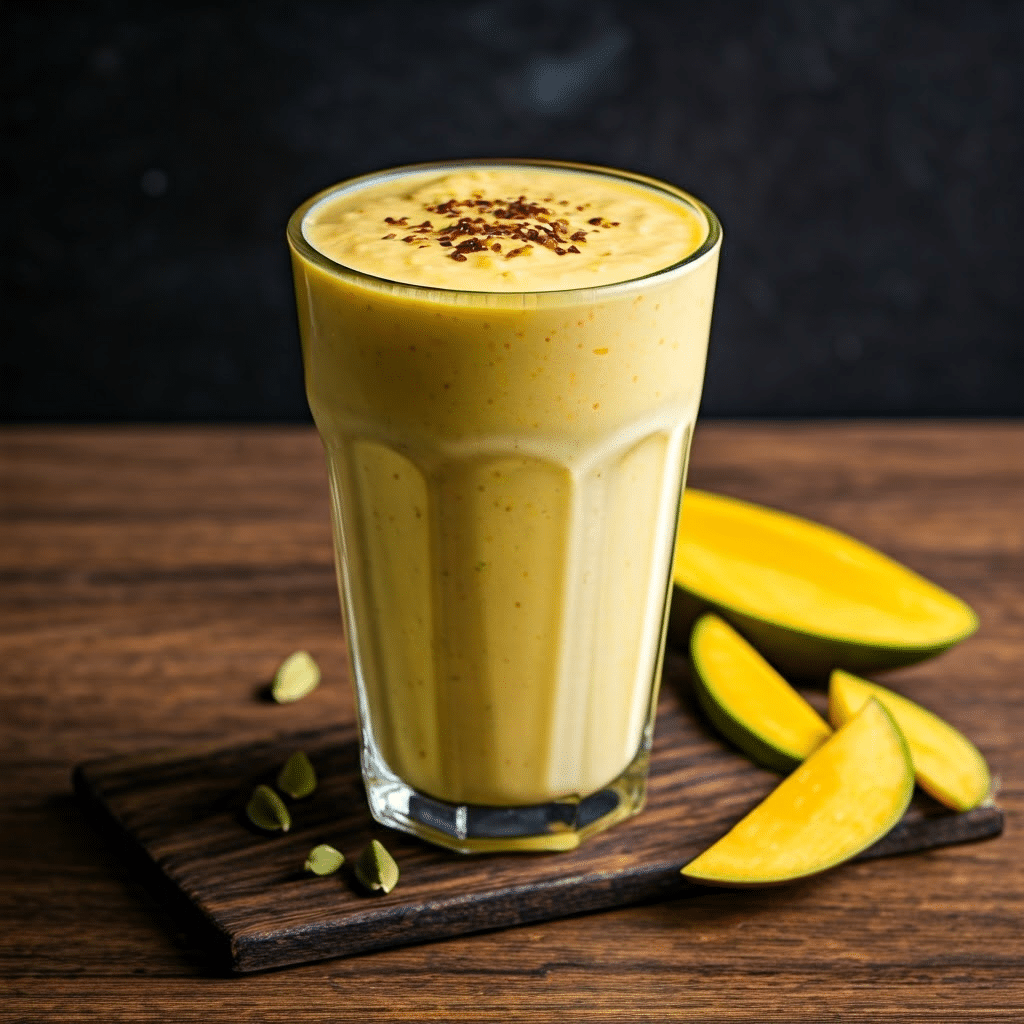
Chilled mango lassi glass
Few things capture the essence of a Pakistani summer like a glass of Mango Lassi.
This creamy, chilled yogurt-based drink blends ripe mango pulp with milk, sugar, and a hint of cardamom—creating the perfect balance of sweet, tangy, and satisfying.
While Lassi on its own is a beloved classic, the mango version is pure seasonal joy—served at roadside stalls, family brunches, and post-meal gatherings when the heat calls for something cool and comforting.
Smooth, rich, and sunshine-bright, Mango Lassi isn’t just a beverage—it’s a dessert in a glass, a mood-lifter, and arguably one of Pakistan’s most craveable drinks.
Read our complete recipe to prepare Mango Lassi at home.
13. Saag
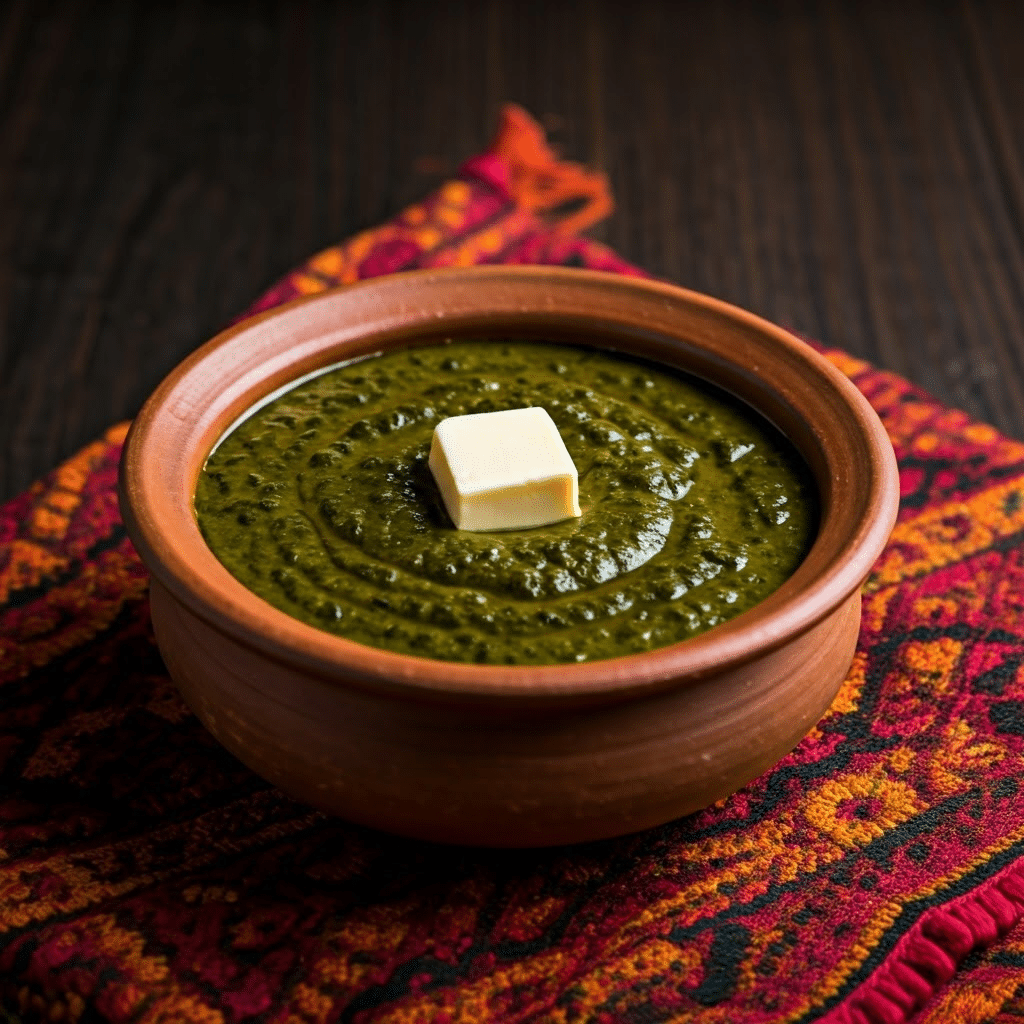
Traditional Saag dish in clay bowl
Saag is proof that humble ingredients can create unforgettable meals.
Made from slow-cooked mustard greens (and often a mix of spinach, fenugreek, or bathua), Saag is creamy, rustic, and deeply rooted in Punjabi tradition.
Cooked low and slow with garlic, green chillies, and ghee, this hearty dish has a slightly coarse texture and a flavour that’s rich, earthy, and soul-soothing. It’s typically served with makki ki roti (corn flatbread), a dollop of butter, and sometimes a side of jaggery or fresh lassi.
Though it looks simple, Saag is a dish that celebrates patience, seasonal produce, and the beauty of rural Pakistani cooking—especially during winter months.
14. Dowdo
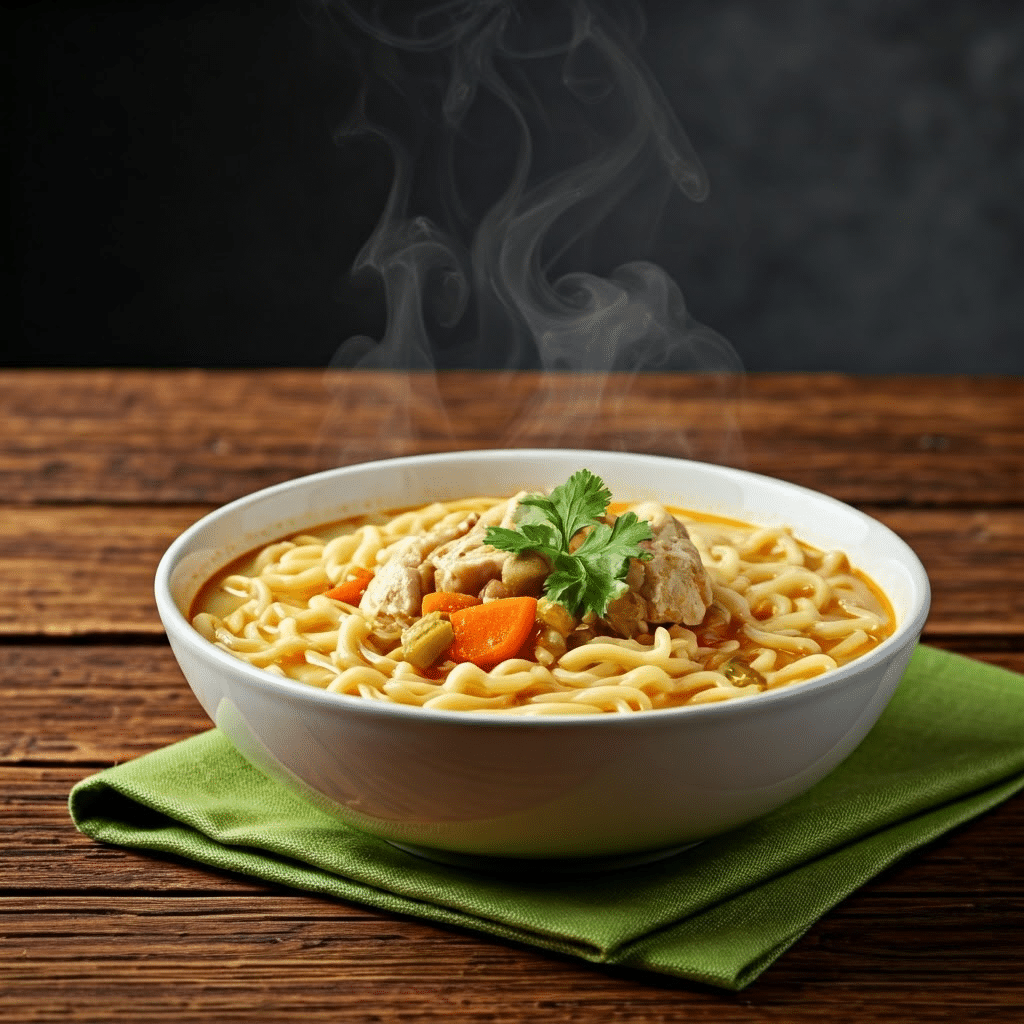
Bowl of Dowdo noodle soup
Dowdo is Pakistan’s hidden gem—a creamy noodle soup from the northern valleys that warms you from the inside out.
Originating in Gilgit-Baltistan, Dowdo is made with handmade wheat noodles, vegetables, and either mutton or chicken, all simmered in a mildly spiced, yogurt-thickened broth.
It’s the kind of dish you crave on a cold mountain evening—rich, filling, and deeply nourishing. What sets it apart is its simplicity and the slight tang from the yogurt, balanced by garlic, onions, and sometimes a touch of butter or ghee.
Rarely found outside of northern kitchens, Dowdo is a testament to Pakistan’s regional diversity—a cozy, one-pot meal that deserves a national spotlight.
15. Peshwari naan
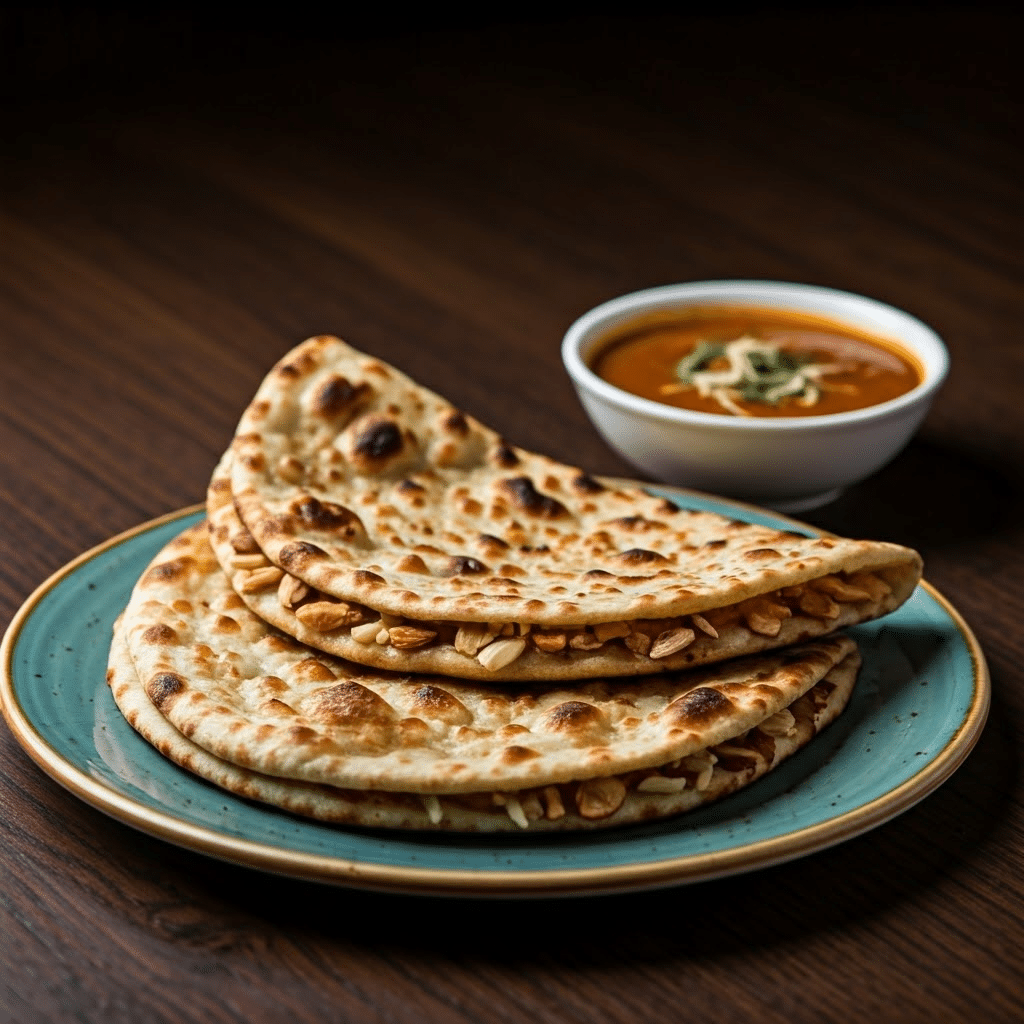
Stuffed Peshawari Naan with curry
Peshawari Naan isn’t your average bread—it’s naan with a surprise inside.
Stuffed with a rich mixture of desiccated coconut, crushed almonds, raisins, and sometimes a hint of cardamom, Peshawari Naan brings a gentle sweetness to the table—making it the perfect sidekick to spicy curries or even as a treat on its own.
Baked in a tandoor until golden and blistered, it’s soft on the inside, slightly crisp outside, and bursting with texture and flavour in every bite. Originating from Peshawar, this naan adds a touch of indulgence to any meal—be it a festive feast or a weekend dinner.
If you’ve only ever had plain naan, Peshawari Naan will completely change your idea of what bread can be.
16. Paya (or Paaya)
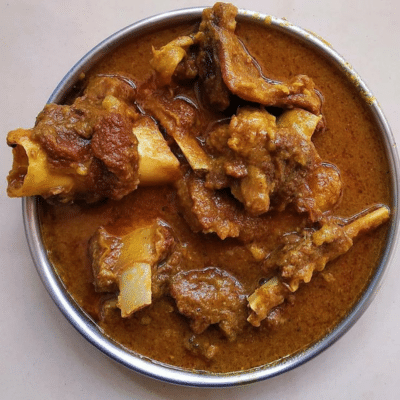
Photography of paaya a pakistani dish
Paya, meaning leg or feet, isn’t just a dish—it’s an early morning ritual, a family tradition, and a slow-simmered symbol of Pakistani comfort food.
Made from trotters (usually goat or cow), Paya is a rich, gelatinous curry that’s simmered for hours—sometimes overnight—until the bones release their depth and the broth becomes thick, sticky, and full of soul.
Flavoured with ginger, garlic, black pepper, and garam masala, the dish is best enjoyed with naan or khameeri roti, often at breakfast or brunch. In cities like Lahore, a hot bowl of Paya on a chilly morning is practically sacred.
It’s not everyone’s first pick—but those who love it, really love it. And once you get a taste for its bold, bone-deep flavour, there’s no going back.
17. Maash ki daal
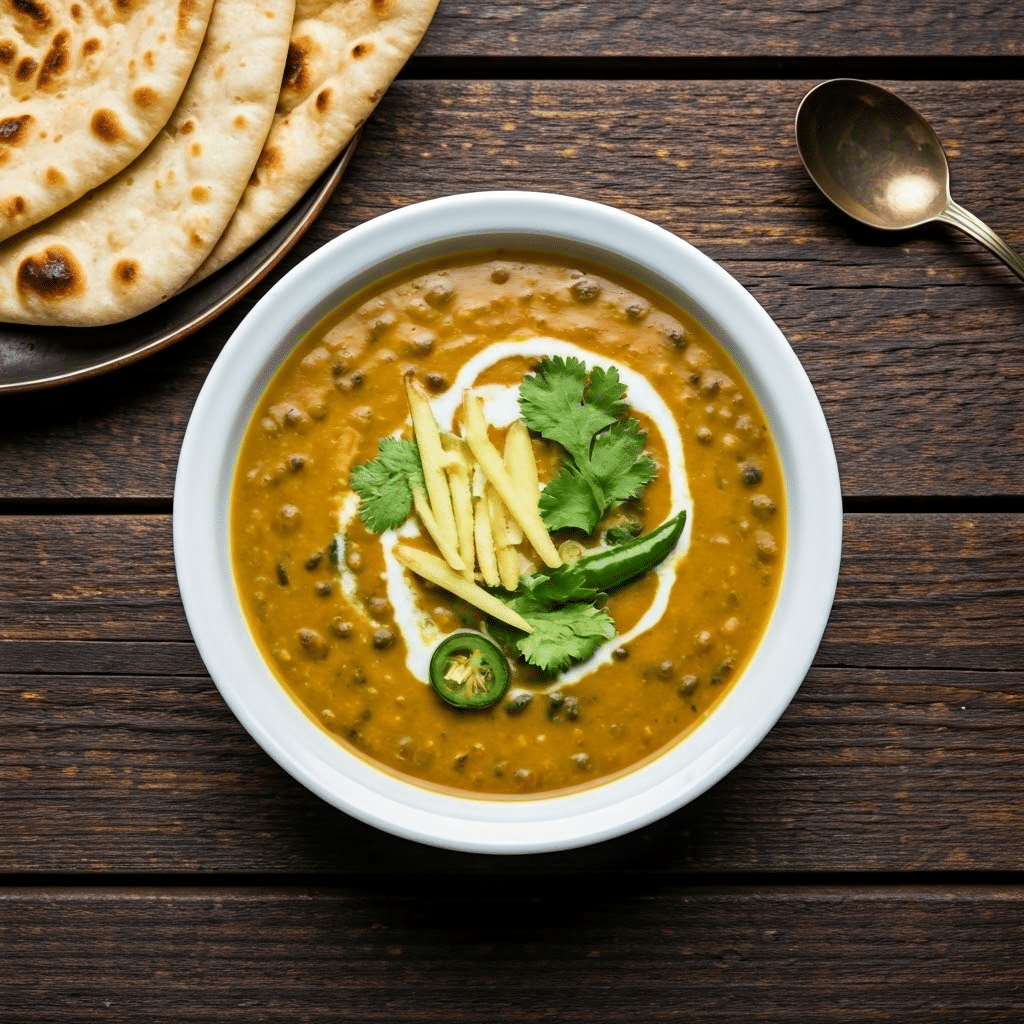
Maash Ki Daal with naan
Maash Ki Daal may look simple on the surface—but don’t let that fool you.
Made from split and skinned black gram lentils (urad daal), this dish is creamy, comforting, and full of flavour when cooked right. In many Pakistani homes, it’s a go-to for a satisfying vegetarian meal that doesn’t feel like a compromise.
Tempered with fried garlic, cumin seeds, and whole red chillies, Maash Ki Daal pairs beautifully with paratha, naan, or plain rice. Some versions add chopped green chillies and fresh coriander for extra punch, while others are buttery and mellow.
It’s the kind of dish that doesn’t try to impress—but somehow always does. Reliable, nourishing, and endlessly adaptable, Maash Ki Daal is a quiet staple that deserves more love.
18. Lamb Kofta Salan
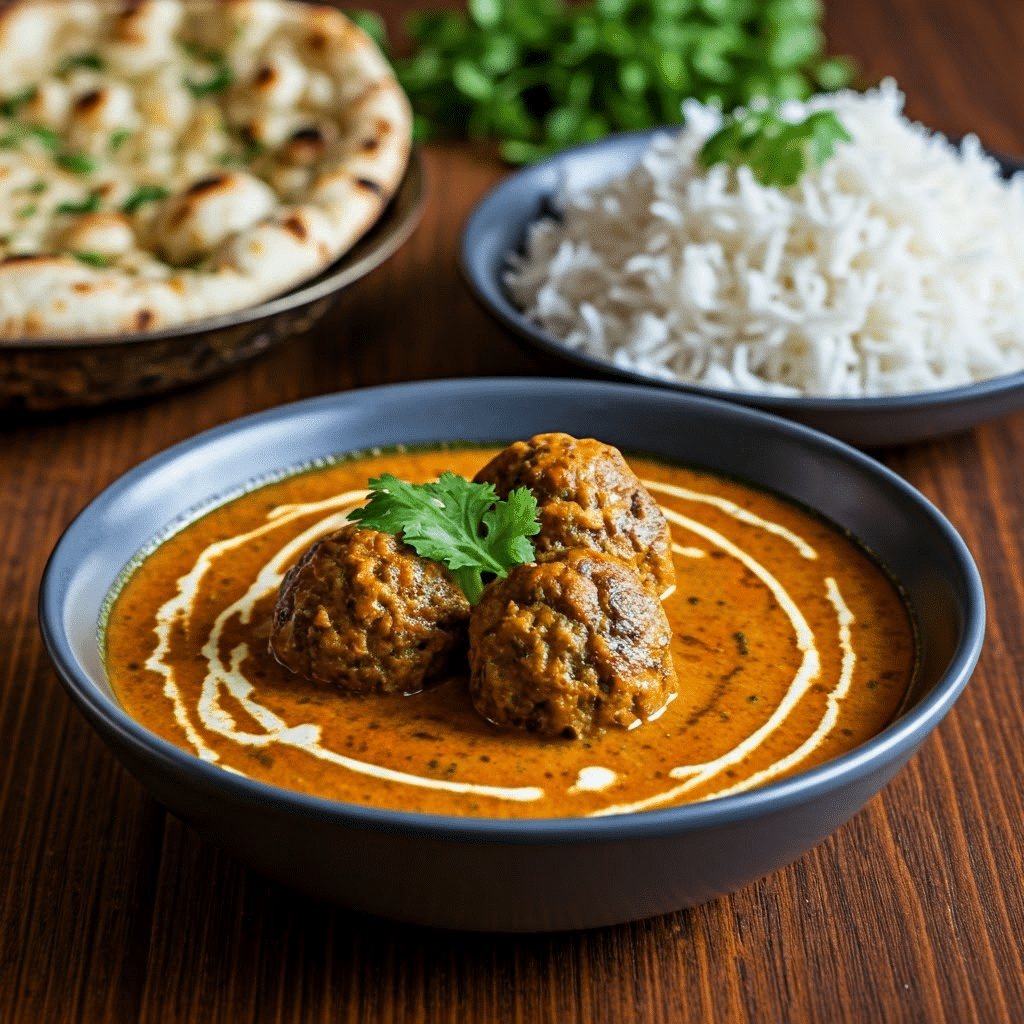
Lamb Kofta Salan with naan and rice
Lamb Kofta Salan is comfort food with serious depth and drama.
Juicy, minced lamb meatballs are gently simmered in a thick, aromatic curry made with tomatoes, onions, ginger, and garam masala. The result? A dish that’s rich, hearty, and deeply satisfying—perfect for mopping up with naan or spooning over basmati rice.
What makes Kofta Salan stand out is the way the meatballs soak up the flavour of the curry as they cook, turning tender and infused with spice in every bite. Each household has its own twist—some add yogurt for creaminess, others a dash of cinnamon for warmth.
Whether it’s a regular weeknight or a celebratory spread, Lamb Kofta Salan brings bold flavour to the table with minimal fuss and maximum payoff.
19. Chapshurro (or Chapshoro)
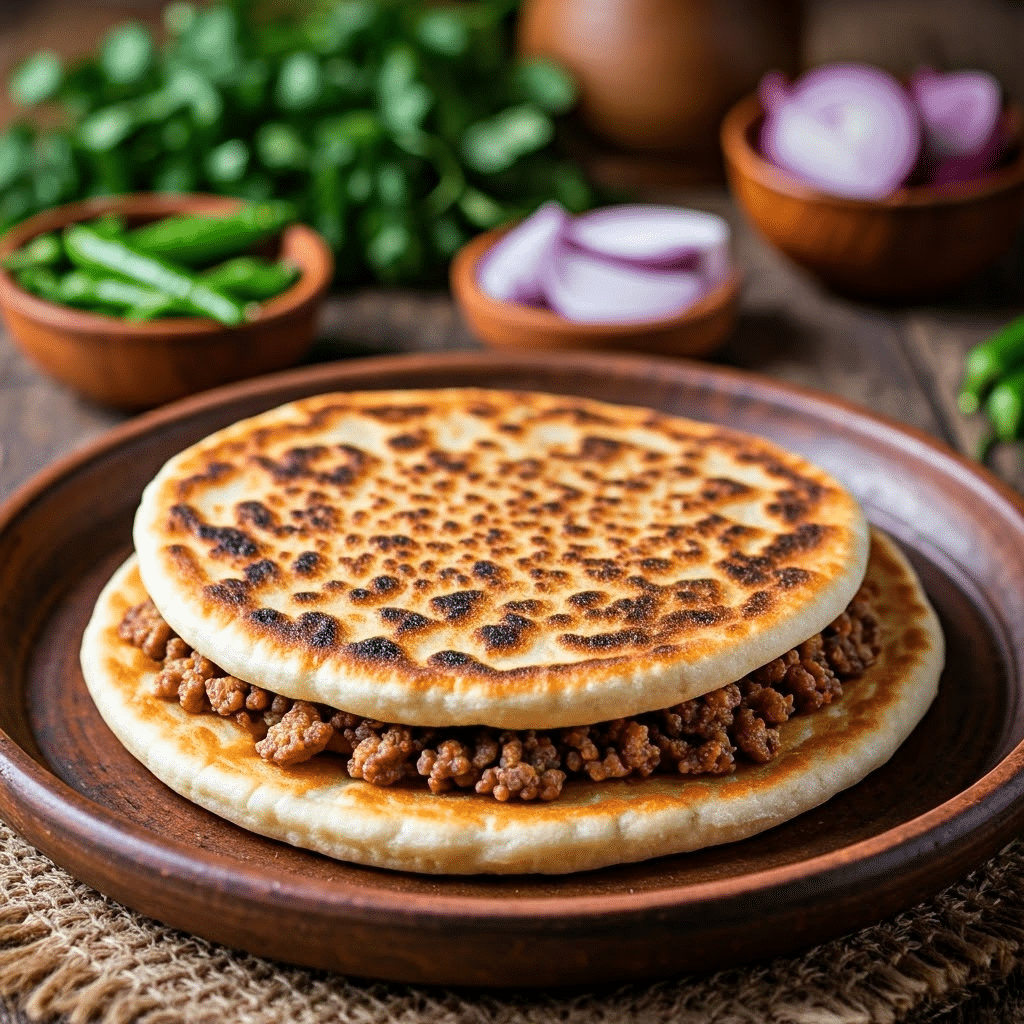
Chapshurro stuffed flatbread
Hailing from the stunning valleys of Gilgit-Baltistan, Chapshurro is Pakistan’s answer to the ultimate savoury snack.
This regional delicacy is a pan-fried flatbread stuffed with a spiced mixture of minced beef or mutton, onions, green chillies, and herbs. Crisp on the outside and juicy on the inside, Chapshurro is filling, flavourful, and built for cold mountain days.
Sometimes called the “Hunza pizza,” it’s cooked on a hot griddle until golden brown and served hot, often with tangy chutney or yogurt on the side. The meat is usually lean, the spice is balanced, and the overall bite is incredibly satisfying.
Rarely found outside northern Pakistan, Chapshurro is a must-try for anyone wanting to taste the rugged simplicity and hearty flavours of the region.
20. Paratha
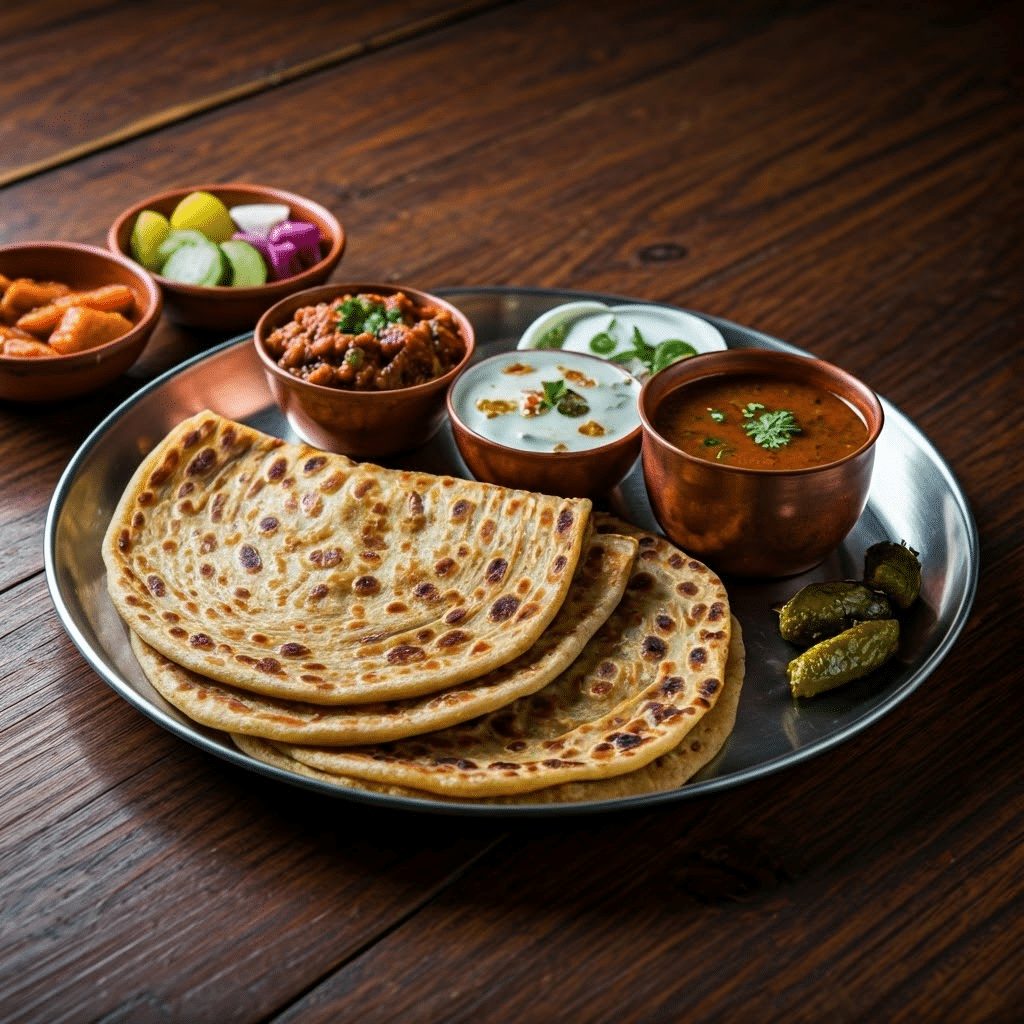
Pakistani paratha on table
Paratha is the ultimate Pakistani comfort carb—flaky, buttery, and endlessly versatile.
Whether it’s stuffed with potatoes, layered with ghee, or rolled plain and golden from the tawa, Paratha is a staple of breakfast tables, roadside dhabas, and late-night cravings alike.
Made by folding and rolling dough with oil or ghee, then pan-frying until crisp and golden, it’s best enjoyed hot with achar, raita, a cup of chai—or as the perfect partner to eggs, curries, or even kababs.
From school lunchboxes to Eid breakfasts, Paratha is woven into the daily rhythm of Pakistani life. And no matter how fancy the rest of the meal is, this humble flatbread always steals the spotlight.
21. Bun Kebab
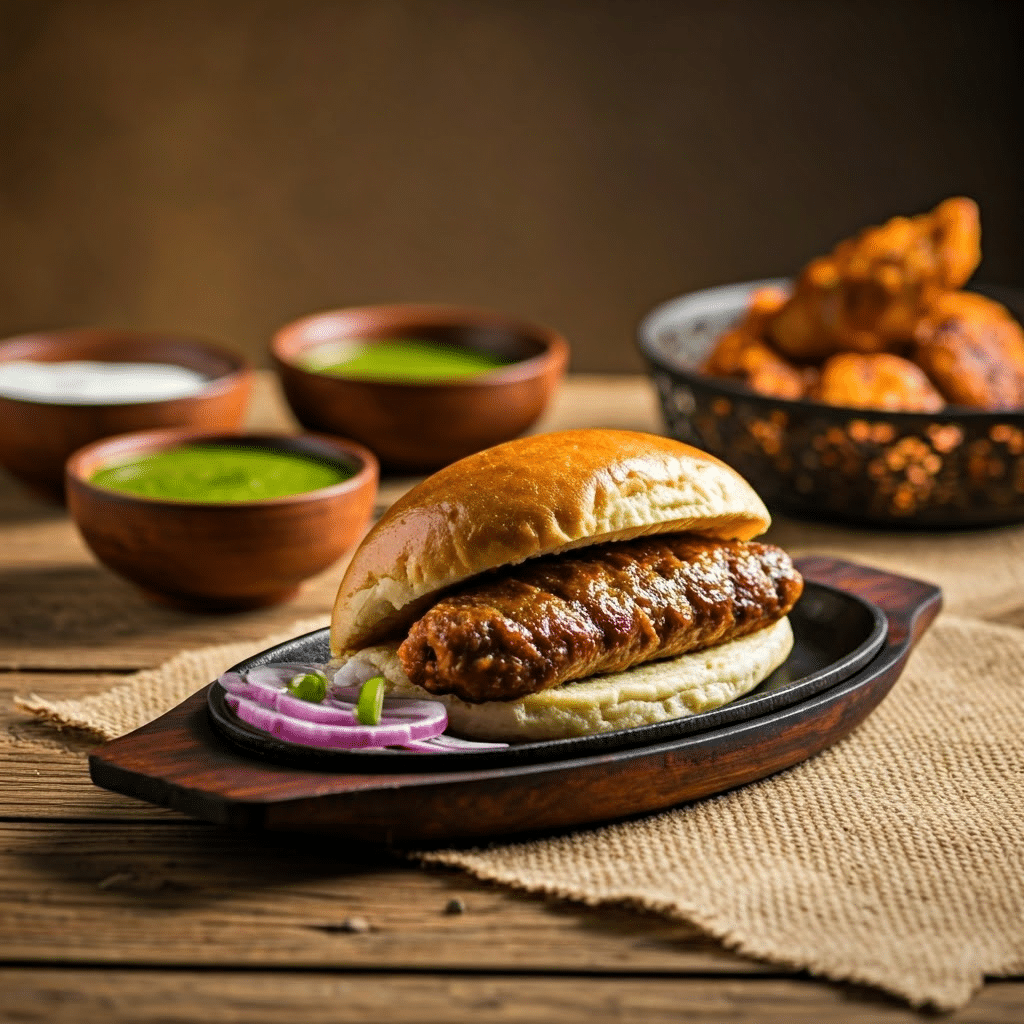
Street style Bun Kebab meal
Bun Kebab isn’t your average burger—it’s the spicy, street-style legend that generations have grown up loving.
Found at roadside stalls and college canteens across Pakistan, Bun Kebab features a spicy lentil-and-mince patty (or sometimes just daal), pan-fried to a crisp and tucked inside a soft bun with sliced onions, chutney, cabbage, and a fried egg for good measure.
The magic is in the mess—greasy in the best way, tangy from the chutney, and satisfying enough to rival any fast food chain. It’s the go-to snack when you want something quick, filling, and full of desi character.
Affordable, iconic, and always made with love (and plenty of mayo), Bun Kebab is the flavour of Pakistani streets—and once you’ve had one, you’ll never settle for a plain old sheekh kebab or burger again.
Bookmark your next favourite dish—explore more at Awesome Cuisine →
Conclusion
Journeying through the palette of Pakistani food, we find a series of dishes that echo the country’s multifaceted cultural tapestry. From meaty curries and flavourful kebabs to aromatic rice dishes and succulent desserts, Pakistani cuisine displays a charm that is hard to resist.
Whether you fancy a spicy Biryani, a refreshing Mango lassi, or a creamy Sheer Khurma, there’s always something in Pakistani cuisine to satiate your cravings. Each dish shares a story of the country, narrating tales of centuries-old traditions, foreign influences, and regional diversity.
So, when you are in Pakistan next, be ready to embark on a culinary extravaganza that expertly blends time-honoured recipes with contemporary tastes. Indeed, Pakistani food is a testament to the nation’s rich heritage and devouring palate that beckons food lovers from all corners of the globe.
Frequently Asked Questions
What types of meat are used in popular Pakistani food across different parts of the country?
Beef, mutton, and chicken are the most commonly used meats, but in northern areas like Gilgit-Baltistan, yak meat is also part of the local diet. Different regions in Pakistan lean toward specific preferences—lamb and beef dominate in the west, while chicken is more common in urban centers and lighter fare.
What’s usually served as a side dish with chapli kabab or other grilled items?
Chapli kabab is often paired with naan (usually cooked in a tandoor oven), tangy mint chutney, sliced onions, and sometimes yogurt raita. For an extra local twist, many enjoy it with a cup of tea—especially in Khyber Pakhtunkhwa, where it’s a street food staple.
Are there different varieties of naan in Pakistani cuisine?
Yes, there are many types of naan in Pakistan. These include garlic naan, sesame naan, butter naan, and the nut-stuffed Peshawari naan. All are baked in a traditional clay tandoor oven and served hot alongside dishes like chicken tikka, tandoori chicken, or even a rich chicken curry.
What is halwa puri and when is it usually eaten?
Halwa puri is a festive breakfast combo made of deep-fried flatbread (puri), spicy chickpeas, and sweet halwa—often gajar ka halwa or sooji halwa. It’s especially popular on Sunday mornings and during the holy month of Ramadan for suhoor or post-prayer breakfasts.
What are some lesser-known dishes from Gilgit-Baltistan?
Northern Pakistani cuisine features hearty dishes like dowdo (noodle soup), chapshurro (meat-filled bread), and meals cooked in a clay pot. Gilgit-Baltistan locals often use apricot oil for cooking and sesame seeds in both savoury and sweet preparations. Dessert options like mango kulfi are also enjoyed, though often with a regional twist.



